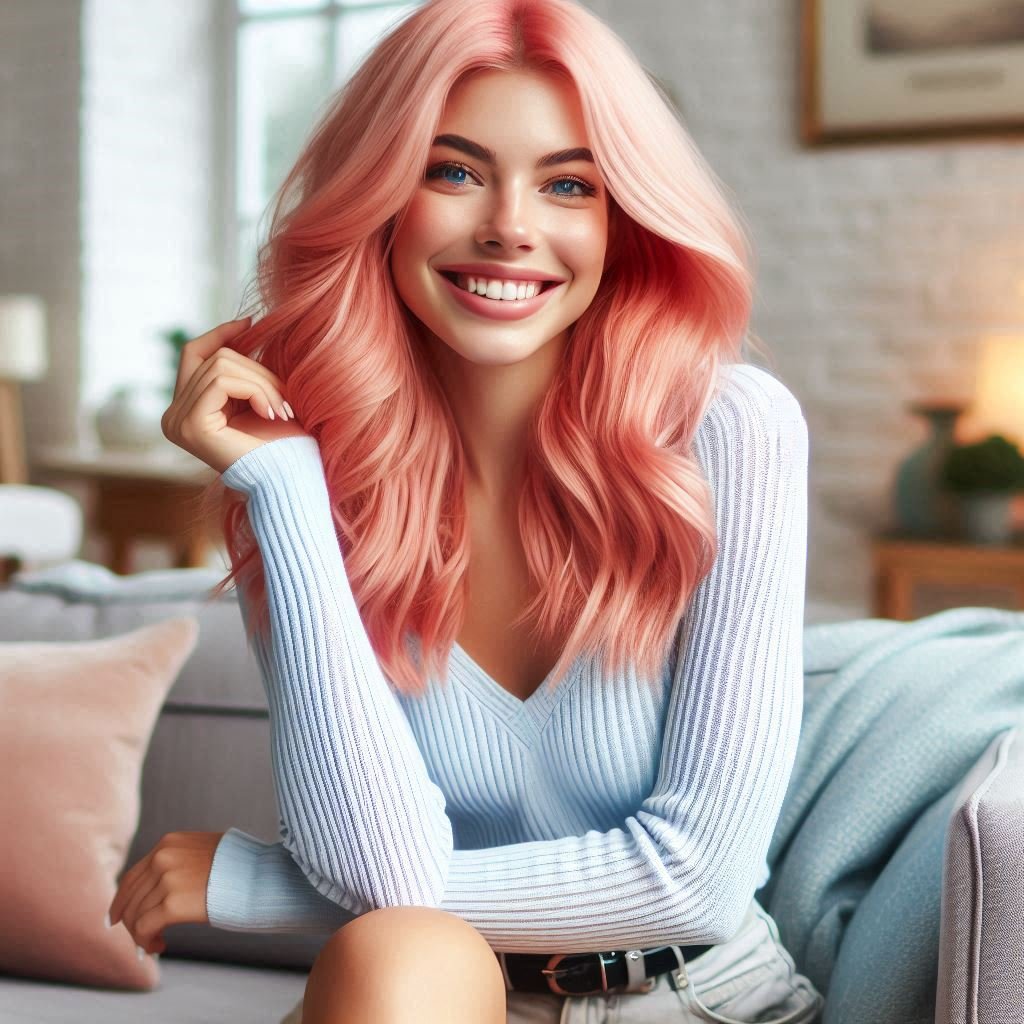
When coloring one’s hair, it is always advisable to visit a professional hair colorist as there are many mistakes a person could make, as well as some serious consequences. Hair colouring products generally fall into four categories: temporary, semipermanent, deposit only/demi, and permanent. All these hair color products, except for temporary color, require a patch test before application to determine if the client is allergic to the product. Temporary hair color is available in various product forms including rinses, shampoos, gels, sprays, and others. This type of hair color is typically used to give brighter, more vibrant shades or colors such as orange or red, that may be difficult to achieve with semi-permanent and permanent hair color.
Types of Hair Coloring Techniques:
1. Highlights.
2. Twilighting.
3. Lowlights.
4. Veiling.
5. Chunking.
Hair Coloring Tips:
1. While coloring your hair for the first time, start at the crown or at the nape of the neck, where the natural hair color is darkest.
2. You can add small amount of gold or yellow accent to the hair color at the ends or certain sections of your hair to add warmth to them or add a highlighting effect.
3. Chemicals used in swimming pool may give a greenish tint to blonde hairs.
4. Hair colors with blue base may give a greenish cast to yellow or gold hair while those with violet base, gives more natural and better results.
4. If light-reddish blonde tones fade to orange color, you can use a little red-gold accent to give fashionable highlights.
5. Unwanted warm tone of hair can be calmed down using ash or violet accents.
6. For gray hair, use a shade darker than the shade of color used on the rest of the hair.




